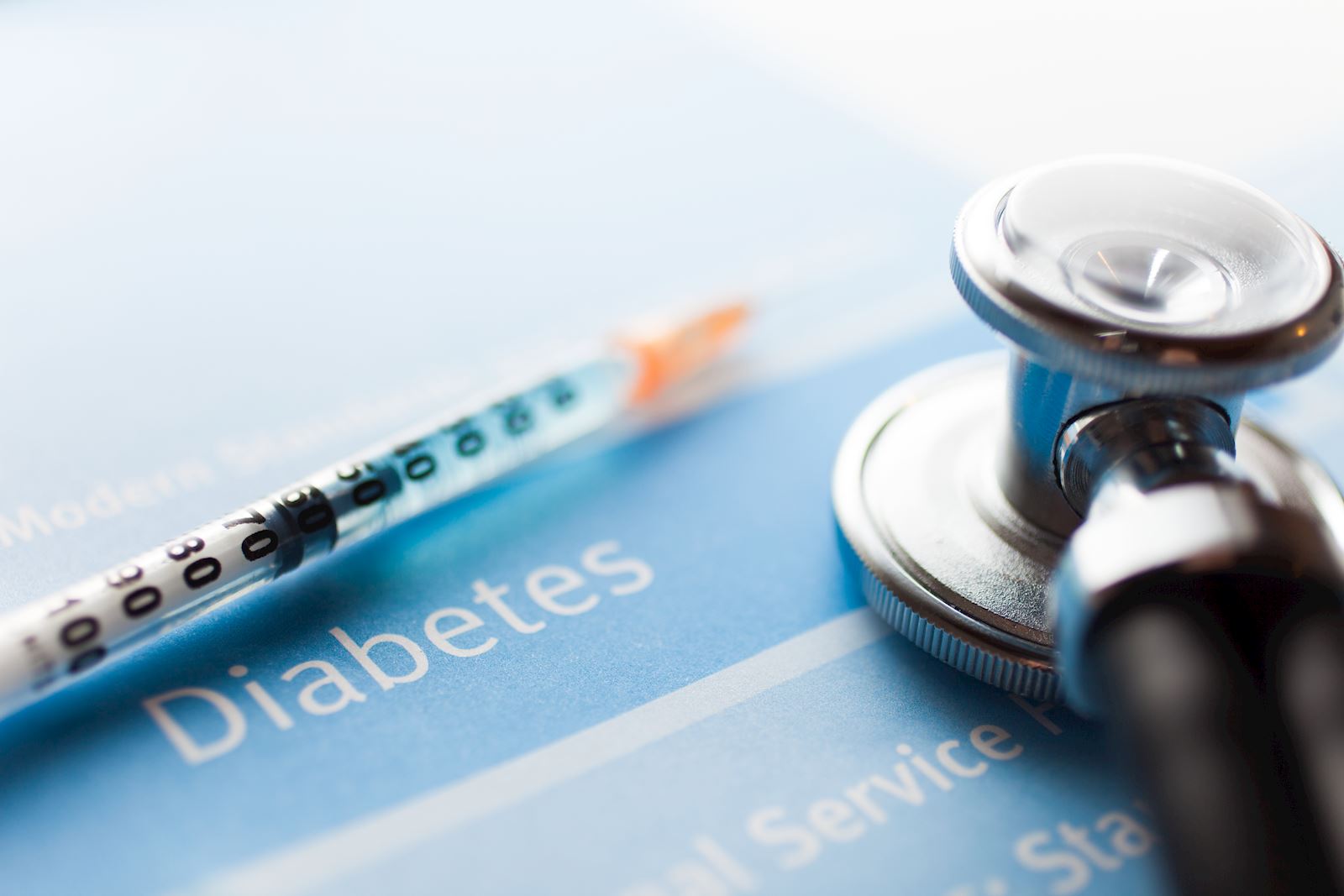For the more than 38 million Americans living with diabetes, every day is a constant routine of self-care to ward off potentially dangerous complications of the disease. That means monitoring glucose levels regularly, getting enough exercise and eating a healthy diet. A diabetes-friendly diet can help boost longevity and quality of life while reducing the potential for other medical issues including stroke, visual impairment, kidney disease and heart disease.
Controlling carbohydrate consumption
One of the most important aspects of a diabetes-friendly diet — and perhaps the one that can be hardest to manage — is controlling carbohydrate consumption. Carbohydrates are essential for overall health, but they also directly affect blood glucose levels.
Counting carbs helps people with diabetes manage their blood sugar levels. Many foods contain carbs including grains, fruits, dairy products, juices, snack foods and some starchy vegetables.
To start, there are three different types of carbs that account for the total carbohydrates on a nutrition label:
1. Sugars: Includes added sugar found in many packaged foods and natural sugar in fruit and dairy products.
2. Starches: Vegetables such as potatoes and corn; wheat, oats and grains; and lentils and dried beans.
3. Fiber: Part of plant foods that is not digested and does not raise your blood sugar.
When choosing low-carb options, look for choices that are rich in nutrients and high in vitamins and fiber, while low in sodium, sugar and unhealthy fats.
Add these foods to your plate:
- Starchy carbs like strawberries, apples, brown rice, sweet potatoes, black beans, oatmeal and whole wheat bread
- Non-starchy vegetables like mushrooms, celery, green beans, lettuce, peppers, cucumbers and broccoli
Foods to limit:
- Sugary cereal
- Cookies
- Soda
- White bread
- White rice
It can be helpful to follow the Diabetes Plate model which divides your plate into one-half non-starchy vegetables, one-quarter carbohydrates and one-quarter proteins.
Some people with diabetes also face other issues that can get in the way of following a healthy diet including food insecurity and transportation problems. Personal and cultural food preferences are factors, too. If a person doesn’t like the low-carb, diabetes-friendly food choices they are offered, they may not eat them which may lead to health complications.
What can people with diabetes and those who support them do?
Understand nutrition labels
The first step is building awareness about the importance of a low-carb diet and educating the individual on how to read nutrition labels. Everyone should also know how many daily carbs they can have based on age, weight, diabetes medications and activity level.
Consider diabetes-friendly, home-delivered meals
Many families, health plans and providers are also taking another approach to help loved ones and patients with diabetes get balanced nutrition: by using home-delivered meal services that offer diabetes-friendly options. These meals contain fewer carbohydrates than traditional meals and offer specific labeling information about carbohydrates so consumers can make informed choices.
The idea is proven to work. A pilot program launched in September 2020 by Heath Plan of Nevada and Mom’s Meals® revealed a 17% reduction in A1c levels when individuals diagnosed with Type 2 diabetes received diabetes-friendly meals delivered to their home over a 12-month period.
Mom’s Meals can help
Using food as medicine deliciously, we offer diabetes-friendly menu choices that are based on standards from the American Diabetes Association to help people manage their diabetes. All our meals are designed by registered dietitians and professional chefs, and created in USDA- and FDA-inspected facilities, providing the highest level of compliance with federal regulations governing food production.



